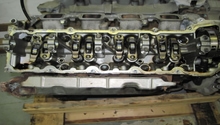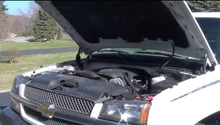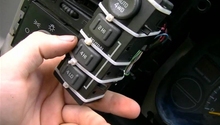Chevrolet Silverado 2007-2013: Why is My Oil Pressure Low?
Troubleshooting low oil pressure requires you to think and act like a detective. You may only have clues and hunches about the cause, but the only way to know for sure is to carefully inspect every possible solution until the truth is revealed. This troubleshooting guide doesn't cover every step you can take, but it does tell you how to check for some of the most common causes of low oil pressure in the Chevy Silverado.
This article applies to the Chevrolet Silverado GMT900 (2007-2013).
The “Check Engine” light typically isn’t too much cause for immediate concern, but the low oil pressure warning light is another story. If the engine oil pressure warning light comes on, or if your dash gauge reads “Stop Engine–Low Oil Pressure,” stop driving immediately and turn the engine off. Until you know exactly what’s going on beneath the hood, you should assume that the warning light is correct and that your engine has lost normal oil pressure. If this is the case, your Silverado can be severely damaged if you continue to drive despite loss of engine oil pressure.

These troubleshooting tips will help you diagnose the cause of low oil pressure inside your Chevy Silverado. If you can’t pinpoint the cause of the low oil pressure warning light on your own, visit the service center at your local Chevy dealership for more advanced diagnostics.

Materials Needed
- Telescoping inspection mirror (optional)
- Socket wrench
- Extension bar
Step 1 – Check the oil
In some cases, the low oil pressure warning is simply caused by low fluid levels. When this warning light comes on, the first thing you should do is check the oil.
To check the engine oil:
- Remove the dipstick, and wipe off the fluid with a clean rag or napkin.
- Reinsert the dipstick, and then pull it out again.
- If the oil level is at or below the "ADD" line, or if no visible oil can be seen on the dipstick, then your engine may be leaking oil.
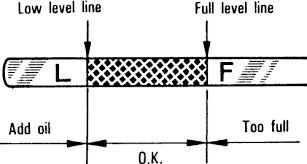
Step 2 – Check for leaks
Oil leaks are a common cause of low engine oil pressure. Oil leaks most frequently occur at the valve cover, oil pan or timing cover gaskets, and the front as well as rear crankshaft seals. Chevy Silverado's 2007 to 2013 models are known to develop leaks at the rear cover gasket (GM Service Bulletin #05-06-01-034J: Engine Oil Leak at Rear Cover Assembly Area). If you see heavy accumulations of grease underneath the engine, or if pools of oil are collecting beneath your truck, bring your Silverado in to have the bad gaskets or seals replaced.
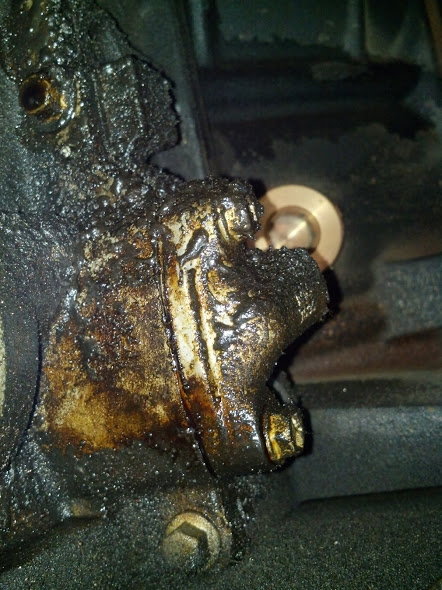
Step 3 – Check the sensor
If the engine oil level is good and there are no signs of leaks, the next step is to check the oil pressure sensor. You will need to remove the engine cover in order to access the oil pressure sensor at the back of the engine (see video below for instructions). After it’s removed, clean the sensor as well as the inside of the sensor port and reassemble. If the problem continues, either replace the sensor or bring your truck in for more advanced diagnostics and troubleshooting.
Featured Video: How to Inspect and Replace Oil Sensor
Step 4 – Check the wiring harness
Another problem that occasionally affects the Chevy Silverado and may be responsible for your low oil pressure warning light is a faulty wiring harness (GM Service Bulletin #04-06-04-001C). The problem occurs mainly as a result of a broken plastic tab that acts as a terminal lock between the main engine and chassis harness connector. When this plastic tab breaks, the terminal will make intermittent connections that can result in a low oil pressure warning. You may also notice other intermittent driveability issues as a result, including no crank, misfire, hesitation, surge, and fuel knock. If your truck has passed all other troubleshooting steps, contact your dealer and reference Service Bulletin #04-06-04-001C.
Related Discussions
- Low Oil Pressure (2007 Silverado Max 6.0L) - ChevroletForum.com
- Engine Oil Leak/SB#04-06-04-001C - ChevroletForum.com
- 2008 Silverado Oil Pressure Concerns - ChevroletForum.com
- Oil Pressure Low - Stop Engine - ChevroletForum.com


